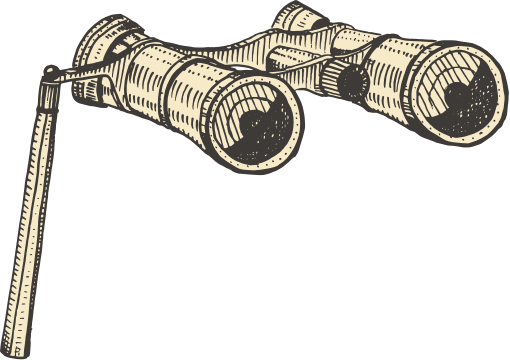Sure, you’ve seen the life-size blue whale and the fearsome T-rex, but have you found the shrunken heads? New York’s American Museum of Natural History packs two million square feet with countless treasures that remain hidden to most visitors. No wonder it’s one of our most popular locations for a scavenger hunt.
Watson Adventures senior writer Ryan Greene grew up visiting the museum—actually 28 interconnected buildings, the oldest of which dates back to 1874—and it’s his favorite place in the world. Here are five of the coolest things he has uncovered in the galleries.
1. The Squid and the Whale
This is probably the most recognizable pick on this list, if only because it inspired an independent film a few years back. The vast, dimly lit Hall of Ocean Life invokes the feeling of exploring the deep, dark oceans of the world—and of course its centerpiece is the enormous blue whale suspended from the ceiling.
But past that showstopper, tucked into a dark corner in the back, a sperm whale battles endlessly with a giant squid. The squid’s tentacles snake around the whale’s scarred face and jaw, the squid’s bright red body a sharp contrast to the whale’s gray bulk. As a kid, I didn’t understand that this was the stuff of scientific conjecture—a live giant squid would not be seen in its environment for decades still. I marveled, as I do even today, at the sight of nature at its fiercest. A rare treat at the otherwise pretty staid Museum of Natural History.
2. Wild Man and the Were-Bears
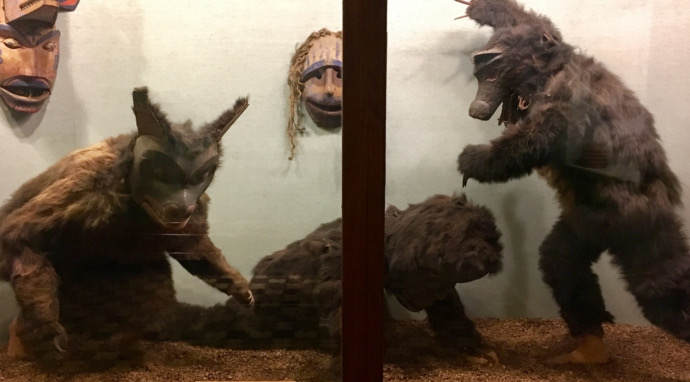
The Hall of Northwest Coast Indians is a riot of immense totem poles, ritual artifacts, and bizarre headgear. You could easily fill a list like this with octopus masks and giant bird hats.
And then there’s the Nootka Shaman’s Dance. This truly hairy scene depicts a forest spirit called the Wild Man cowering in terror before a pair of supernatural bears. An arresting tableau, but it gets better: This scene served as a distraction to cover the abduction of village children by other villagers dressed as supernatural beings. It wasn’t anything sinister, all part of a ceremony involving teaching kids about their ancestors and stuff. Just imagine if your family reunion began with monsters kidnapping you.
3. Sloth Bear
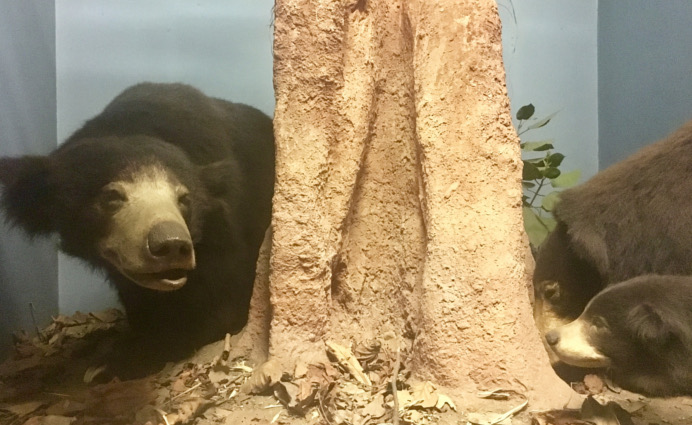
The Hall of Asian Mammals doesn’t get a ton of love. Sort of an in-betweener, a pass-through gallery to some of the museum’s less popular people-centric exhibits, it’s a bit shabby, a bit worn around the edges. Even its elephants are less impressive than those in the much larger Hall of African Mammals.
And the undisputed (by me) mascot of this hall is Sloth Bear. A little goofy-looking, a little ragged, Sloth Bear isn’t even kind of a sloth—he’s just a lanky bear with long nails and a droopy lip. But like the rest of this hall, Sloth Bear’s charm lies in his frumpiness. It’s a reminder that this amazing museum is an evolving, lived-in space that has been cobbled together over the course of almost 150 years. It can’t all be fancy Rose Centers and titanic dinosaurs.
4. Head Case
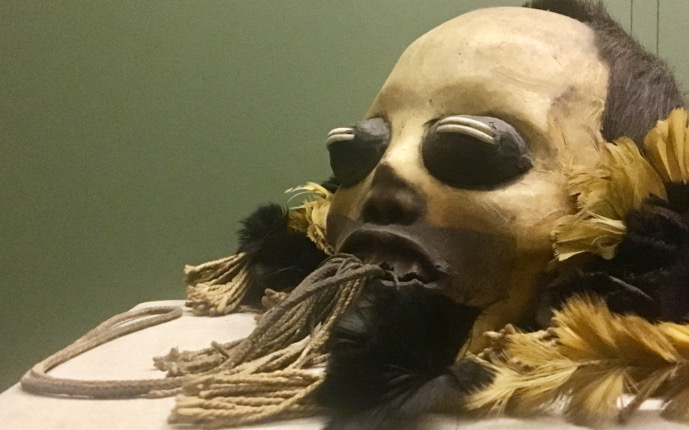
Speaking of less-popular people-centric exhibits, the Hall of South American Peoples is possibly the least appreciated of them all—if only because it’s tucked way at the far end of the Second Floor. And that’s a shame, because it’s full of fascinating artifacts most museum visitors never see. Like tribal warriors, shrunken heads…and this horrible thing.
The Mundurucú Head is a trophy made from the head of a fallen foe and thought to impart supernatural power to the victorious warrior. Take it away, museum description: “On return from a war raid, the brains were removed through the neck opening, then the head was quickly boiled in water and dried over the fire. The eye sockets were sealed with beeswax and a paca tooth pressed into each.” Now that’s cooking!
5. Junk in the Trunk
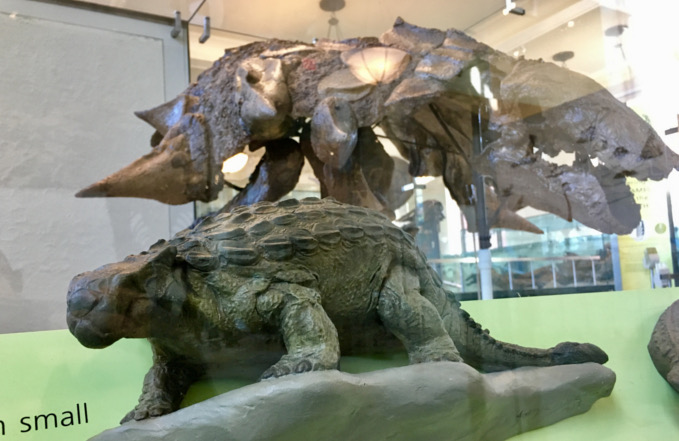
Dinosaurs! Can’t forget the dinosaurs. The Museum of Natural History’s most famous residents—the t-rex, the apatosaurus, the barosaurus and allosaurus in the rotunda, the new titanosaur—are rightly beloved. Me, I prefer the underdogs like the duck-billed dinosaurs and the bone-headed pachycephalosaurus.
Just a few weeks ago, I found myself fixated on ankylosaurs. A family of heavily armored beasts, ankylosaurs hang out in the Hall of Ornithiscian Dinosaurs, behind the stegosaurus. I’ve always liked them, perhaps because their big armored backs and stubby head and legs reminded me of big turtles. But I had never thought about this: The “true” Ankylosaurus, known for the enormous, and enormously heavy, bone club at the end its tail, never dragged its tail on the ground (contrary to the little model pictured above). That means it held a huge weapon at the end of its long tail in the air every minute of every day.
Can you even imagine that? That would be like holding a kettle bell with your arm parallel to the ground and lugging it around with you everywhere, all the time. Dinosaurs were truly something else.
Find Your Favorites
Learn more about our public scavenger hunts at the Museum of Natural History and elsewhere in and around New York City. You can also join public scavenger hunts in six other cities around the country, or contact us for information about planning a private event.
